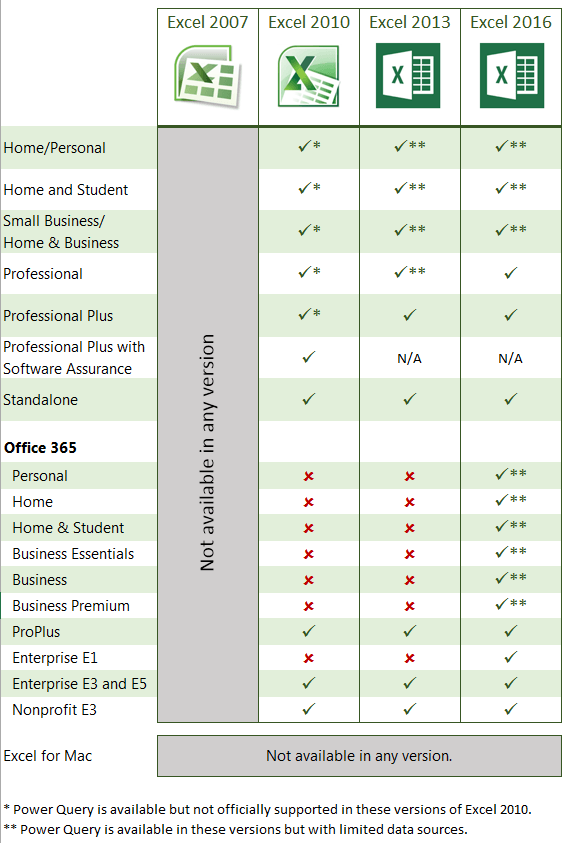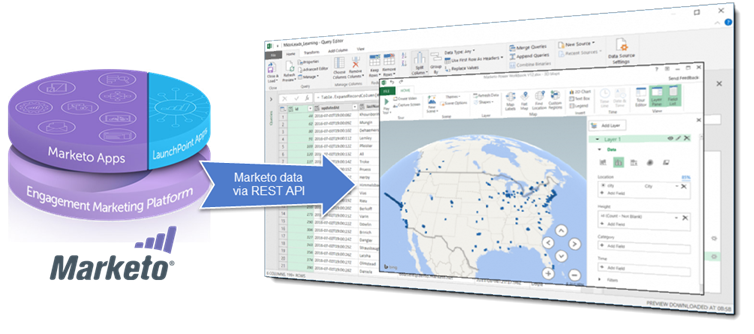
When you click on either of the objects in the workbook, you can see a preview of the data for it on the right hand side of the navigator window. Now we can check both the Customer Data and Sales Data. Check the box to Select multiple items since we will be importing data from two different sheets.

This will give you a list of all the objects available to import from the workbook. Note: The available data connection options will depend on your version of Excel.Īfter selecting the file you want to import, the data preview Navigator window will open. We can append a query to another query similar to a union of two queries in SQL.We can merge two queries together similar to joining two queries in SQL.Get data from other sources like a table or range inside the current workbook, from the web, a Microsoft Query, Hadoop, OData feed, ODBC and OLEDB.Get data from online services like Sharepoint, Microsoft Exchange, Dynamics 365, Facebook and Salesforce.Get data from various databases such as SQL Server, Microsoft Access, Analysis Services, SQL Server Analysis Server, Oracle, IBM DB2, MySQL, PostgreSQL, Sybase, Teradata and SAP HANA databases.You can also import multiple files from within a given folder. Get data from a single file such as an Excel workbook, Text or CSV file, XML and JSON files.Excel provides many common data connections that are accessible from the Data tab and can be found from the Get Data command.

Importing your data with Power Query is simple. Maybe it only takes an hour a month to do, but it’s pretty mindless work that’s not enjoyable and takes away from time you can actually spend analyzing the data and producing meaningful insight. Now you can summarize the data by category. You create another column using the LEFT function to get the first 4 digits of the product code, then use a VLOOKUP on this to get the product category.
#Queries in excel 2016 code
You also need to link the product ID to the product category but only the first 4 digits of the product code relate to the product category. Then you need to summarize the sales by salesperson and calculate the commission to pay out. The system only outputs the sales person’s ID, so you need to add a new column to the data and use a VLOOKUP to get the salesperson associated with each ID. You then use the text to column feature to split out the data into new columns. Imagine you get a sales report in a text file from your system on a monthly basis that looks like this.Įvery month you need to go to the folder where the file is uploaded and open the file and copy the contents into Excel.


 0 kommentar(er)
0 kommentar(er)
